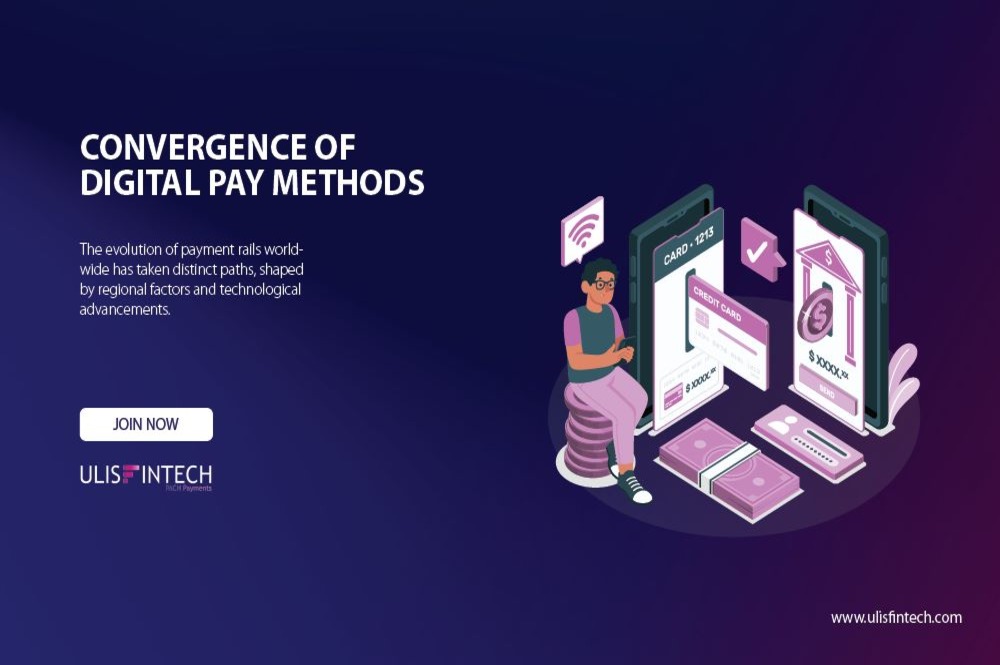IMPORTANCE OF TRANSACTION SUCCESS RATE
Mar 16, 2022 - 8 MINS READ

IMPORTANCE OF TRANSACTION SUCCESS RATE
If you own or operate a membership business, you understand how critical metrics are to your success. And "transaction success rate" seems like an essential measure, doesn't it?
On the surface, transaction success rates appear to be crucial since they indicate how many of your transactions are authorized. Obviously, being paid is critical for your business! However, a closer look reveals that your transaction success percentage may not be as important as you believe.
The measure 'transaction success rate' is often employed in the digital payments arena, and with good reason. Transaction success rates indicate how you are paid and how easy the client experience is - and low transaction rates may be disastrous for your organization.
Introduction to Transaction Rate
Your transaction success rate (TSR) is derived by dividing the total number of completed (authorized) transactions over a certain time period by the total frequency of attempted transactions. In other words, the transaction success rate is the proportion of requested payments that are actually completed, and it represents how many payments were received by your firm for every 100 payments made on your website or app.
But, unlike other grounds for customers departing a cart, payment failure is one of those circumstances over which businesses have little or no influence – and it means that all of the costs associated with attracting and maintaining a client are squandered.
Consider the following scenario: Your company just processed 100 transactions of Rs100 apiece, with 80 of them authorized and 20 rejected. That indicates your transaction success percentage was 80%. That could be improved, right?
So, you make the decision to retry the 20 unsuccessful transactions. Five of the 20 retries are successful.
That signifies a few things:
- Your transaction rate began at 80%.
- After you retry, you had attempted a total of 120 transactions, 85 of which were successful.
- Your transaction success rate has reduced to 70.83 percent as a result of the retries (85 accomplished transactions/120 attempted transactions).
- Despite a dip in transaction success rate, your revenue climbed — by Rs 500!
If your key metric for gauging success, in this case, was the transaction success rate, you would have lost out on large additional income. Metrics without context might mislead or overwhelm you into making the wrong judgment in the era of big data. Don't get discouraged by your TSR!
Importance of Transaction Rate
Having said that, there are several situations in which assessing your TSR might be beneficial. Here are a few observations:
- Two gateways were tested in parallel
It may be worthwhile to investigate whether there is a significant variation in your TSR across different payment methods. Even in this case, other indicators, such as cart completion/purchase success rate, maybe more essential.
- Evaluating customer segments
When reviewing your client segmentation, consider rating each section based on their overall transaction success rate. If a given consumer segment has a very low or 0% TSR, it may make sense to drop that segment from your marketing efforts.
- Suppliers of merchant accounts
Some payment processing providers will punish you for poor transaction success rates, charging you on a sliding scale based on very low TSRs. If your transaction success rate is exceedingly low, they may suspect that your firm is being used for "carding," in which fraudsters test stolen credit cards on your checkout form.
TSR can be a helpful statistic when everything is said and done everything is said and done, TSR can be a helpful statistic in some situations. However, like with other indicators, it should not be the only consideration in business choices.
Impacts the 'Transaction Success Rate'
This subject may be addressed as a function of the number of transactions that succeed by knowing what causes transaction failures. Payment failures can occur as a result of anything from an erroneously entered OTP to a delayed reaction from the payment provider or the bank's digital infrastructure that supports the transaction.
Here are some observations about what leads to transaction failures:
- The primary culprits: The three most typical reasons for payment failure
- The customer took an inordinate amount of time to complete the payment.
- The customer canceled the transaction.
Failure of payment processing at the bank or provider
The client- While part of it is intentional (client cancellation), there are other avoidable cancellations, such as inadequate balance in payment method. There have even been reports of suspicious behavior, such as an attempt to transact using a banned or stolen card.
Payment ecosystem: To some extent, failed payments are caused by the payments service provider and the issuing bank account. Transaction failures between the payment’s provider and numerous intermediates in the payment’s ecosystem, such as –
- Card networks (VISA, MasterCard, Rupay, Diners Club, American Express)
- Payment enablers (UPI, payment apps, wallets)
- Banks
Increase your Transaction Rate
The fact of the matter is that business owners may take steps to increase transaction success rates, which leads to increased revenues, a positive customer experience, and more value provided to their company.
- Make the checkout process as easy as possible: The easier the checkout procedure, the less likely the user will cancel the purchase or abandon the basket.
- Payment is made first: Make sure the e-commerce checkout process does not need a user to provide too many details before making a purchase. After that, obtain their address and contact information – however, for a positive outcome, ensure that they must expend the bare minimum of time and effort to complete the purchase of the items or services they desire.
- Enable guest checkout: The recommended practice, in this case, is to enable guest checkout, gather the customer's contact information as part of the delivery process, and then contact them after they have received the product to solicit feedback. A bonus for the next purchase or a pleasant offer to sweeten the transaction guarantees that both your company and the consumer receive what they want.
- Use of stored payment information: Having saved payment information may be a huge help to a business. Nobody enjoys continually typing 16-digit numbers or UPI IDs, and having it displayed for a client just makes it possible for them to buy your offerings and give a company their money.







